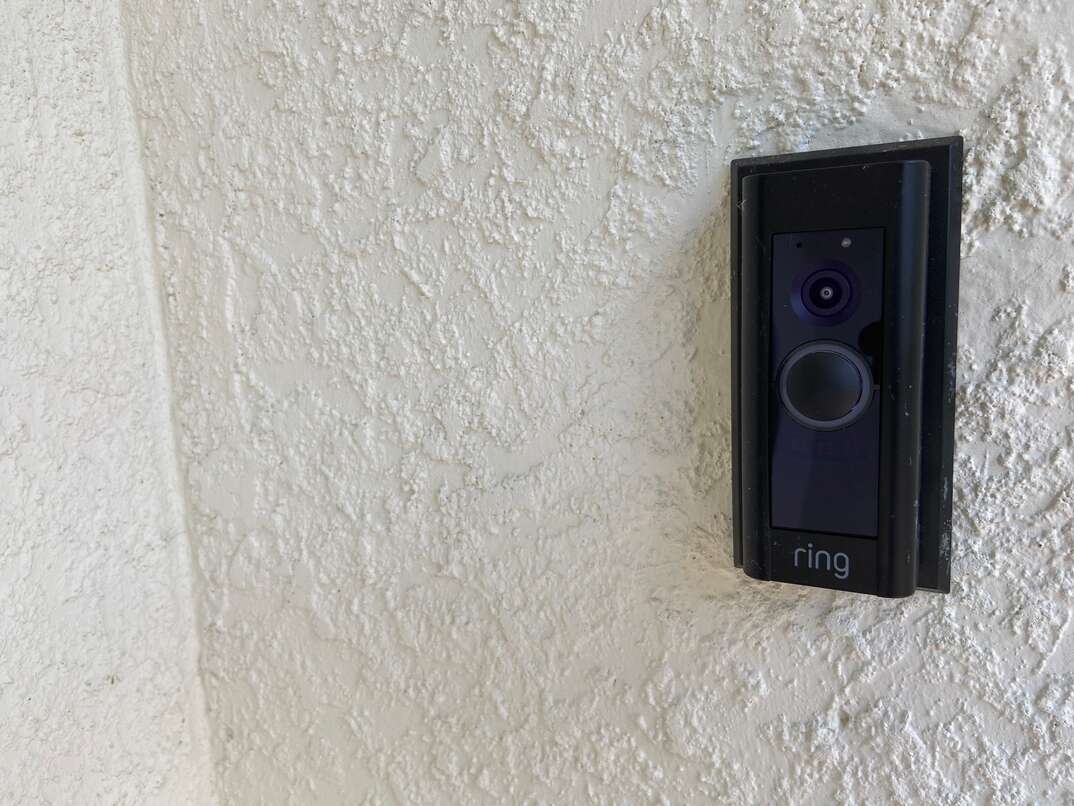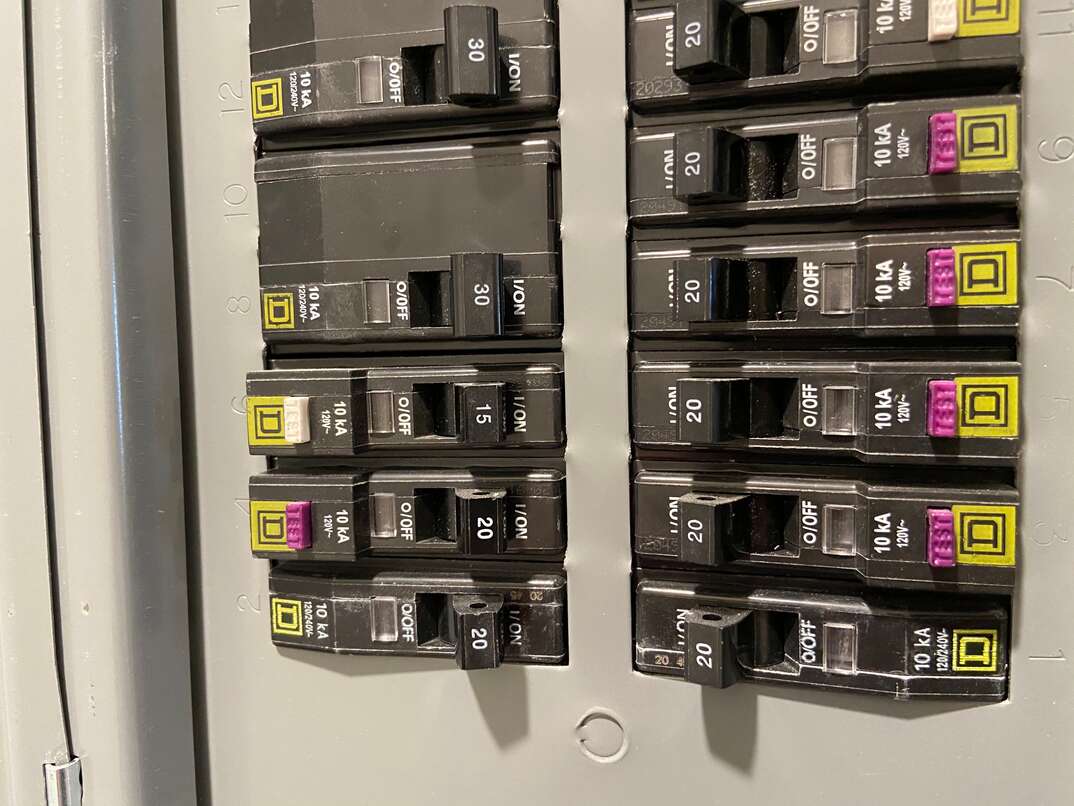How Much Does Electricity Cost?

Electricity Costs at a Glance
- Average price per kWh: 13 cents
- Average monthly bill: $115
- Average price per square foot: 7-10 cents
Whether you’re moving, trying to save some money or just having a dinner-table debate with your spouse, you may be wondering what the typical electric bill looks like. The average price that a residential customer in the United States pays for electricity is about 13 cents per kilowatt-hour, while the average monthly electric bill is $115. Your bill depends on the amount of electricity your household uses and the price of electricity in your area.
This May Also Interest You: How to Save on Energy Around the Home
Read on to learn about how your electric bill is calculated, to get perspective on how your bill and energy use compares nationwide, and to find out some ways to make your household more efficient — i.e. less expensive — to operate.
What's My Current Electric Rate?
The price you pay for electricity depends on multiple factors. These include your location, the time of the year, your energy consumption, and market changes and disruptions. But one thing is constant: Whether you’re in a regulated or deregulated market, your bill should still clearly state the rate you pay per kWh.
How Is a Bill Calculated?
When you’re trying to calculate what your average electricity bill runs, use this general equation: average kWh used x average price per kWh/100 = average electric bill.
A kWh is the measure of the electricity you use per hour to power your heating, cooling, lighting, appliances, devices, washer, dryer and all your other household items that require power to operate.
Average Electric Bill in the U.S.
According to the U.S. Energy Information Administration, the average electric bill was about $115 a month in 2019.
Customers in Tennessee tend to use the most electricity each month, while customers in Hawaii pay the highest rate per kWh and have the highest electricity bills. Louisiana has the lowest average costs of electricity, while the residents of Utah have the lowest average bill.
This just goes to show how location plays a major role in your electricity bill.
Average Energy Cost for Homes
As previously noted, your home’s electricity bill is affected by several different factors. The three most significant ones are:
- The size of your home
- The age of your home
- The number of occupants or people you have living in your home
Size Matters
The size of your home is the biggest driver of your electricity bill, as it determines the total amount of space you have to heat, cool, light and clean. On average, you can expect to pay 7-10 cents per square foot per month.
This Old House...
The age of your home also contributes to your electric bill. Newer homes are constructed with better insulation and windows, which helps keep the outside temperatures outside and, as a result, your electricity bill in check. Modern homes also tend to have energy-efficient appliances, whereas older homes typically have less insulation, and appliances that are older. These factors combine to suck more power, resulting in a higher bill.
More Is More
The number of people occupying or living full time in your home also affects your electric bill. The more people under your roof, the more energy is being consumed for perfunctory needs like heating, cooling and lighting.
How to Save Money on Your Electric Bill
Changing the rate of your kWh isn’t in your power — but there are a few things you can do to save incrementally on your electric bill each month. These include:
- Replacing an old thermostat with a smart thermostat
- Swapping out regular light bulbs with energy-efficient bulbs
- Replacing your curtains with insulated curtains
- Unplugging your electronics when you’re not using them
- Getting solar panels for your house
- Replacing your water heater if it is over 10 years old
- Replacing the furnace air filter every three months
- Using less water for showering and washing dishes
- Insulating your attic
- Replacing weatherstripping around doors and windows
The Energy Market
The energy market is rapidly changing and it’s almost always unpredictable, causing energy supply prices to fluctuate throughout the year. Changes in energy prices often seem random, but here are three objective factors that determine how much you pay.
1. What Time It Is
Some energy suppliers offer plans with a time-of-use discount. Check with your power provider to see if this applies to you.
2. What Month We’re In
In warmer states, the summer rates can be higher than the winter rates due to a higher energy demand for cooling during the summer months. The reverse goes for a colder climate: The demand for heat in the cooler months can make the energy prices higher during those months, while summertime may see a decline in rates.
3. Where You Live
Energy supply rates change from state and state — and even vary among different companies that are located within the same state and same service area.
So, as you can see, there isn’t any single price for electricity costs because of all the factors that go into calculating it. Energy prices in your area may change over time, and fluctuate throughout the year. Contact your local utility provider should you have questions about your bill and the rate you’re being charged.
Since we’re all home now more than ever, being prepared for unexpected home repairs with a plan from HomeServe is important. Having a plan in place gives you the peace of mind knowing that you can simply call our 24/7 repair hotline for covered breakdowns. See what plans are available in your neighborhood.


